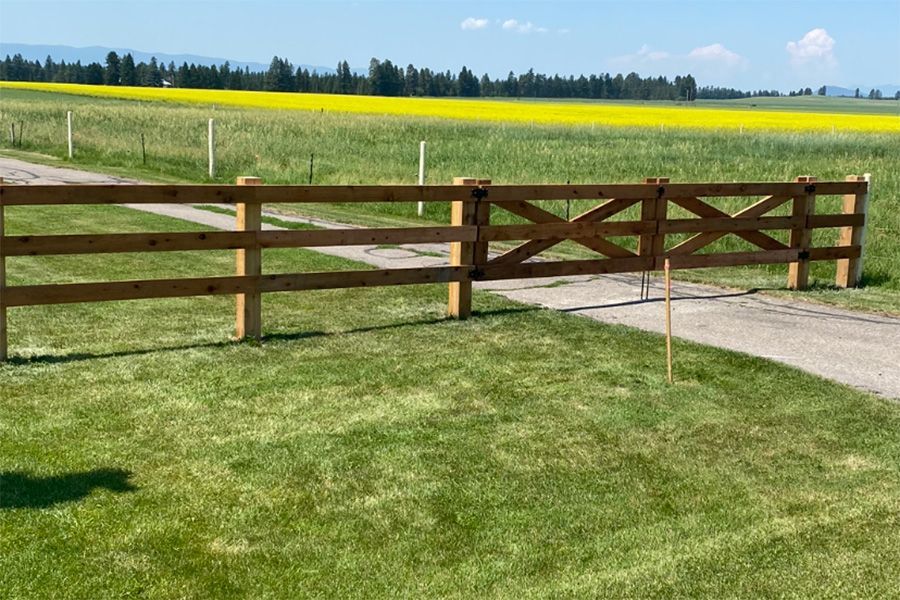Learn about the evolution of continuous panel fencing, from its early days to its modern-day applications.
Origins of Continuous Panel Fencing
Early continuous panel fences were made from basic materials like wood and stone, providing limited protection but lacking the durability of today’s advanced designs.
The Impact of Technology on Fencing
The advent of steel production during the industrial revolution revolutionized fencing. Stronger, more consistent panels became possible, and by the mid-1900s, continuous panel fencing emerged as a viable solution for various sectors.
Innovations in welding and fabrication made fencing more customizable and durable, leading to the shift from manual assembly to pre-fabricated panels, which sped up the installation process.
Changes in Materials and Manufacturing
Over time, the materials used in continuous panel fencing have evolved to meet the demands of durability, cost-efficiency, and environmental sustainability. Key developments include:
- Galvanized Steel: Introduced for its resistance to rust and long-lasting performance.
- Powder-Coated Finishes: Added for aesthetic appeal and enhanced protection against the elements.
- Recycled Materials: Growing emphasis on eco-friendly solutions has led to the use of recycled steel and other sustainable materials.
How Different Industries Adopted Continuous Panel Fencing
Once used primarily by ranchers and farmers, continuous panel fencing is now widely adopted across numerous industries, including:
- Agriculture: Managing livestock and protecting crops.
- Industrial: Securing warehouses, factories, and storage areas.
- Residential: Enhancing property boundaries and aesthetics.
- Public Spaces: Safeguarding parks, playgrounds, and recreational areas.
Its adaptability has made continuous panel fencing a global standard across industries.
The Future of Continuous Panel Fencing
Looking ahead, continuous panel fencing will continue to evolve with innovations in technology, sustainability, and design. Upcoming trends include:
- Smart Fencing: Integration of sensors and technology for automated monitoring and security.
- Modular Designs: Easier customization and reconfiguration to adapt to changing needs.
- Green Materials: Increased use of recycled and biodegradable materials to minimize environmental impact.
As these advancements continue, continuous panel fencing will remain a vital part of modern property management.
Final Thoughts
The journey of continuous panel fencing showcases its evolution from simple enclosures to cutting-edge solutions. Its adaptability and durability have made it a trusted choice across industries, and with future innovations on the horizon, its potential is limitless. Ready to invest in a fencing solution that stands the test of time? Contact Montana Fence today!
